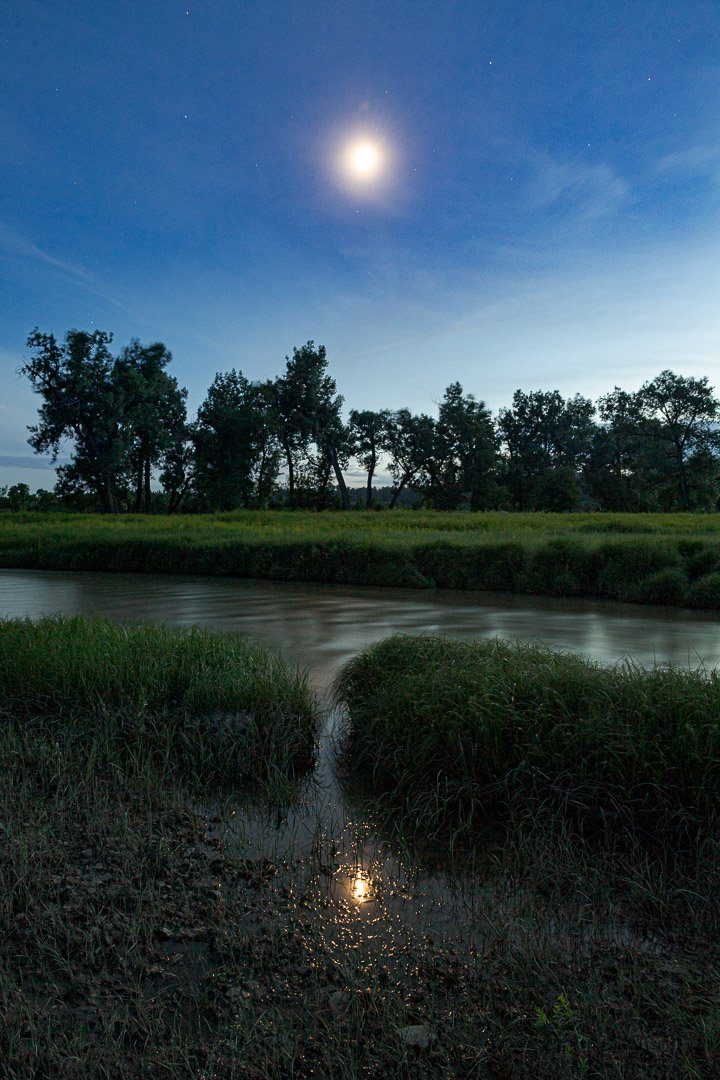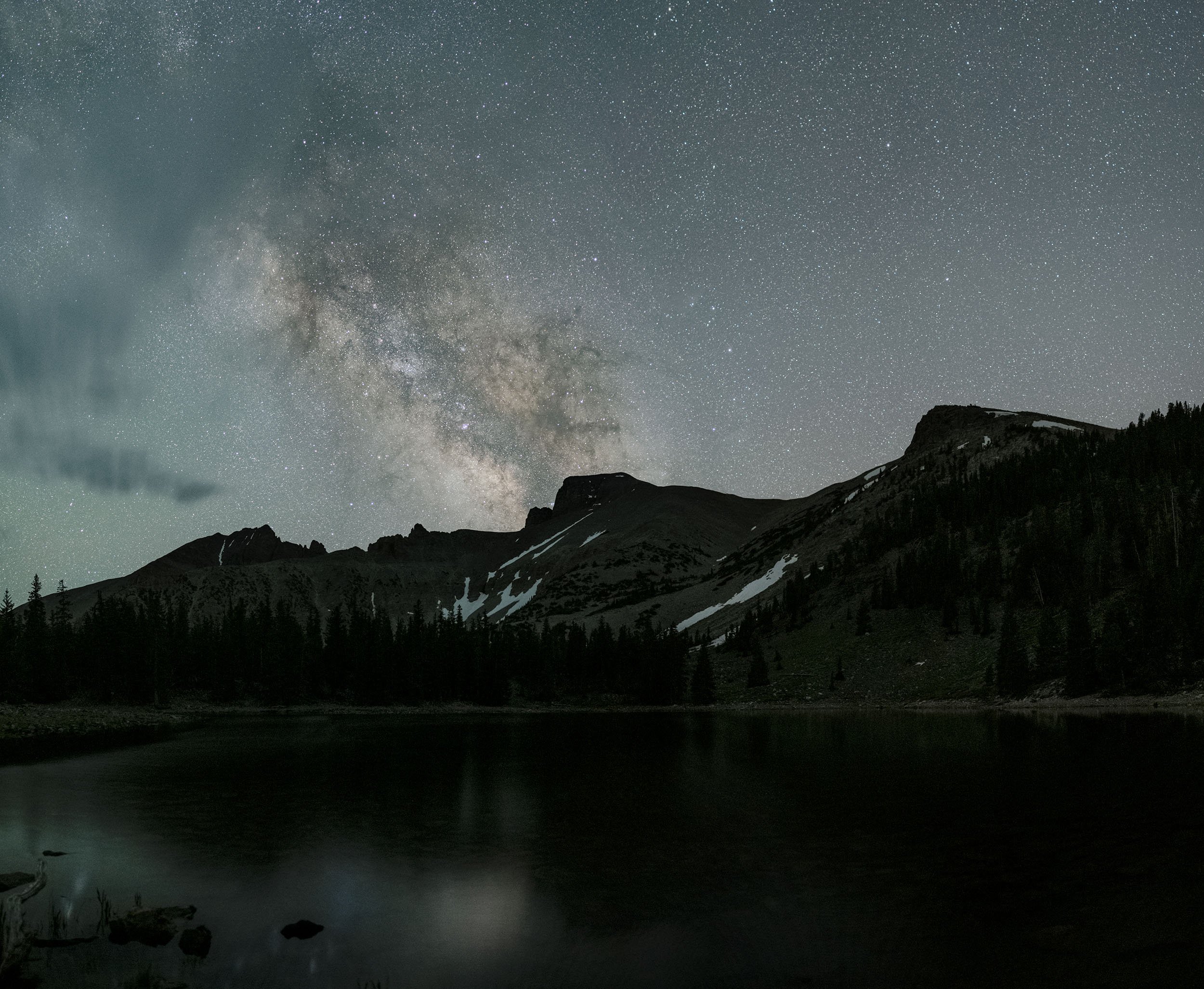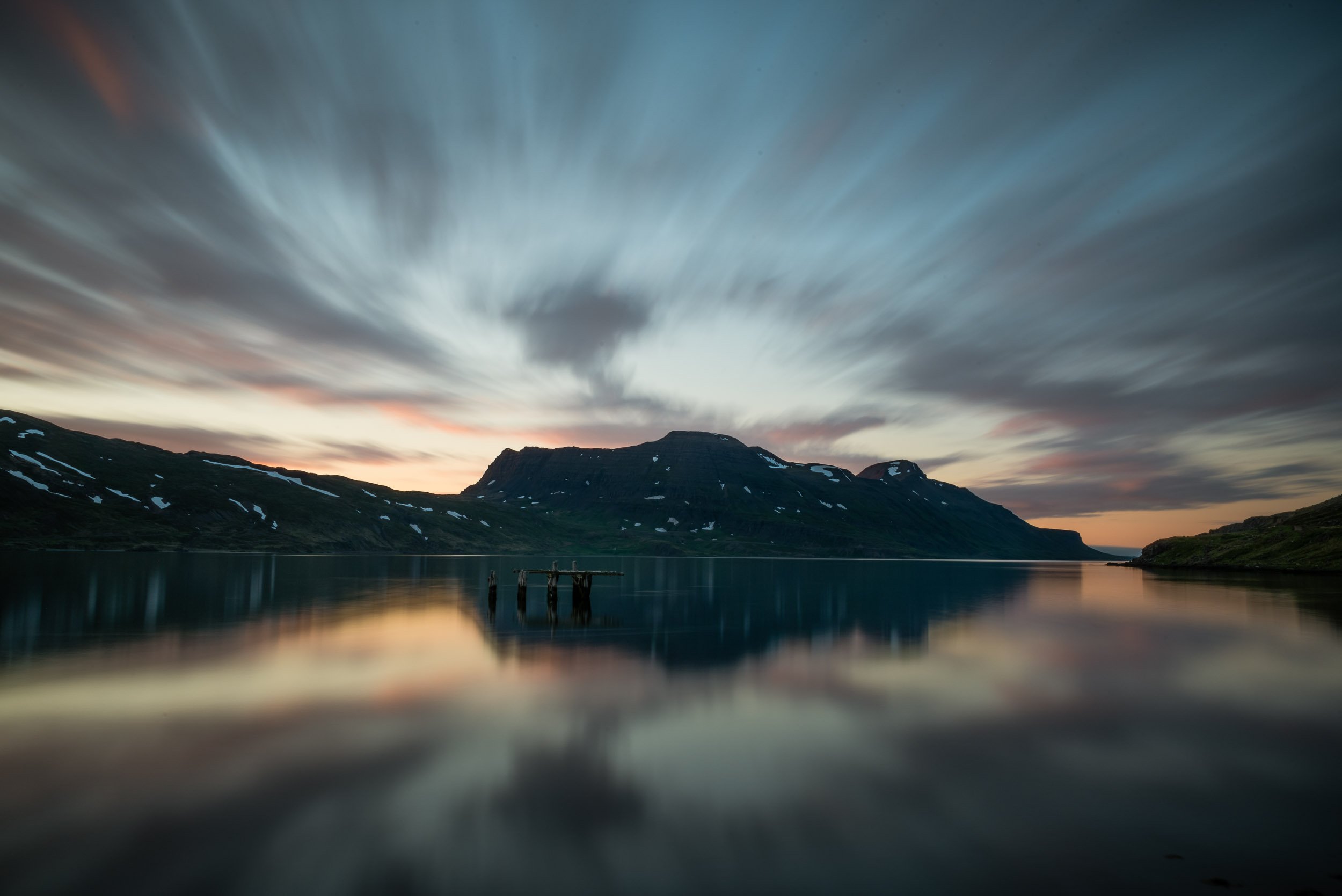One aspect of night photography that is particular to the camera you own is its tolerance for or its ability to repress, avoid or use high ISO noise to your advantage.
In this blog post, I teach you how to run your own High ISO Noise Test, resulting in a series of images that reveal when your camera has undesirable high ISO noise.
But first, let's identify High ISO Noise. (For those of you who already know, feel free to jump to "Preparing for the Test," below.)
What is High ISO Noise?
But what about quality?
Your digital camera provides the best-quality image at its native ISO, or the lowest number on your camera's ISO scale. On my current camera, the Nikon D750, this is ISO 100. On my previous camera, the Nikon D700, it was ISO 200.
But we can't always use the highest-quality ISO to capture star points and the Milky Way, because the amount of time required to get a proper exposure exceeds the 400 Rule.
How about saving time?
The Six-Stop Rule, or High ISO Test, also saves you valuable time in determining a correct exposure. More about that in our blog post "Save Time by Using High ISO Testing to Set Up Your Night Shots," by Lance Keimig.
Even more about High ISO Noise
In another of our previous blog posts, "Testing Your Camera’s Tolerance For Long-Exposure Noise," Tim Cooper points out, "Long-exposure noise is virtually impossible to fix via post-processing." That's why it's essential for you to test your camera's high ISO capabilities at many temperatures, and to know when and at what temperature it creates undesirable results.
But what about LENR?
LENR (long exposure noise reduction) is necessary only when heat buildup causes hot pixels—the red, green or blue pixels scattered throughout a long exposure brought on by heat building up on the imaging sensor. You can combine LENR with an educated high ISO practice, but its purpose is different and separate from high ISO noise reduction or avoidance.
Preparing for the test
You'll need the following gear:
your camera + lens + battery with enough power
tripod
intervalometer
You will need your intervalometer to minimize camera shake when activating the shutter, and for those longer exposures at the lower ISOs.
Where to perform your test
I suggest testing in a few scenarios. Choose a scene with some deep shadow areas, some midtones and some highlights to gauge when and where high ISO fails or excels. Possibilities include:
at home, in a dim to dark room
outdoors
in a rural or wilderness area
with your lens cap on
When to perform the test
I suggest testing your camera at many temperatures, including the following ranges:
90 degrees and above
80 to 89 degrees
65 to 79 degrees
below 65 degrees
Camera settings
Here are some vital settings to help you establish a consistent high ISO test:
RAW capture (not JPG)
manual color balance (match the main light source in front of your camera)
manual mode (or B mode for certain Canon models)
one focal length (no changes if you use a zoom lens)
one aperture (no changes)
if DSLR (not mirrorless), cover the back window of your eyepiece to prevent light from bouncing in from the rear (some cameras have this capability via a small switch near eyepiece)
long-exposure noise reduction (LENR) disabled
high ISO noise reduction OFF (or if off is not available, set to Normal)
What to photograph
Ideally, I'd include an X-Rite ColorChecker Passport or ColorChecker in your test scene, but if you don't have one, no sweat.
In your scene, don't stress composing for aesthetics. Frame your image to include sky and foreground, highlight and shadow, and those transitions from light to dark. It's in those gradient areas in bright and dark areas, and in flat areas of same color and brightness, that you'll see high ISO noise appear first (and worst!).
Shooting the test
Shoot a test exposure at ISO 6400. Ideally you'll try for an aperture that yields you somewhere around 1 to 4 seconds at ISO 6400. Why? Well, when you get to the longer, quality exposures, each second at 6400 will become minutes, so it's just a matter of budgeting your time and how much performing an ISO test is worth to you versus shooting something non-technical.
I like testing all available ISOs on my camera, even if some of them are ridiculous. It's good to know by seeing what the results are.
On my D750, the ISO I tested are: 51,200, 25,600, 12,800, 6400, 3200, 1600, 800, 400, 200 and 100.
That's ten exposures. Each of them (in this order) is double the previous one's time in shutter speed.
My first test exposure in this scene tested at 6400 at 8 seconds. So I ramped up to 51,200 and started there, and then proceeded in order from shortest exposure to longest exposure.
Here is the table of exposures I made at 50 degrees F:
Here's the RAW (unprocessed) image sequence:
And after doing some minor post-processing, here is the resulting series of ten images:
So what do I do with this?
Great question! Examine the images and learn from what you observe. I'll go into deeper detail in the next post, including:
How to spot high ISO noise
When to avoid high ISO noise
When high ISO noise is OK
Homework
Go shoot at least two high ISO sequences at temperatures that differ by at least 10 degrees F.
Import into your editor of choice. (Power tip: I add all my high ISO tests into a collection in Lightroom called "High ISO Tests" so I can review them quickly.)
Start looking for when noise changes to a level you find acceptable.
After doing your homework, read Part II of this article: Examining Your High ISO Photographs.














































